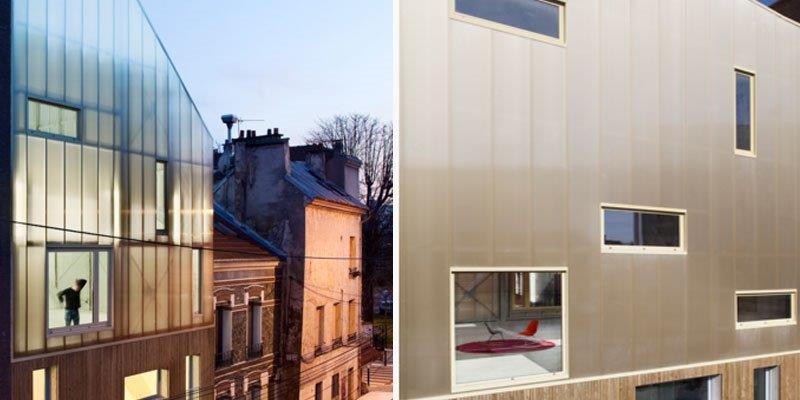Why Light is Like a Drug
A growing body of research shows that lighting has a highly significant effect on our bodies and minds. Light has a strong influence on our body clocks because we’ve spent almost our entire evolution living by the light of the sun.
Special receptors in our eyes react to the blue content in daylight, see it decreasing as the day goes on, and prepare us for activity or rest. Our daily cycle takes its cues from the rising and setting of the sun. Artificial lights don’t send the right cues to keep our daily rhythms in check. The results of too much artificial light can be dramatic – poor lighting can contribute to depression (in winter), weight gain, lower productivity, and can increase the risk of other health problems. Deprived of the cues provided by daylight, the body clocks of some astronauts fall out of sync with actual daily rhythms.
 On the other hand, research has shown that hospital patients in sunnier rooms stay for shorter periods, feel less stress and even use less pain medication.
On the other hand, research has shown that hospital patients in sunnier rooms stay for shorter periods, feel less stress and even use less pain medication.
Our understanding of the biological effects of light has grown at the same time as LEDs and lighting controls – technologies that tune the colour and intensity of light during the day to match our circadian rhythms. Philips, Osram and Fagerhult have researched this field and developed dynamic lighting solutions for homes, schools, offices, hospitals and aeroplanes.
The priorities of lighting manufacturers and designers are changing. Initially safety and practicality were most important, then energy, followed by sustainability. The next level is about human health and productivity. Beyond energy efficiency, if you can improve the productivity of people, the potential is huge. However, there are currently few solutions that successfully combine a clear understanding of the physiological effects of light with both aesthetics and efficiency.
Employers want employees to be alert and therefore, bright, intense lighting is key. Research shows that exposure to more intense light increases employees’ feelings of alertness and decreases tiredness. Scientists have not yet agreed on what is the right level of intensity needed to create an alert workplace.
 The Optimal Daylighting Strategy
The Optimal Daylighting Strategy
Daylighting uses natural daylight as a substitute for electrical lighting. The best strategy is to use daylight for basic ambient light levels while giving occupants additional lighting options. One should also illuminate the building space without subjecting occupants to glare or too radical variations in light levels. Comfort and satisfaction are important because they correlate positively with personal and team performance.
A successful daylighting design factors in taming glare and solar heat gain. The right balance can be achieved through using active daylighting control strategies, like automated shades, and passive strategies, such as louvers. These technologies mitigate the dynamic movement of direct sunlight and bring diffuse daylight into the space.
Danpal – The Architecture of Light
When it comes to architectural lighting, finding the equilibrium is key. Excess light results in undesired glare and intolerable ambient heat. Well-designed buildings offer as much natural daylight as possible while still maintaining a comfortable internal environment. Danpal uses materials with superior flexibility, transparency, tonal qualities and insulating properties. Danpal systems assure balanced thermal comfort, while their translucency ensures comfortably even light diffusion.
Danpal provides the right tools for planning the most effective light openings – by integrating appropriate products, which exploit the optimal level of energy resources – anywhere in the world, any time of day.
By using state-of-the-art software, Danpal provides lighting and solar energy simulations. Danpal is unique in offering simulation solutions – reflecting its 30 year heritage as a specialist in daylight architectural innovation.

